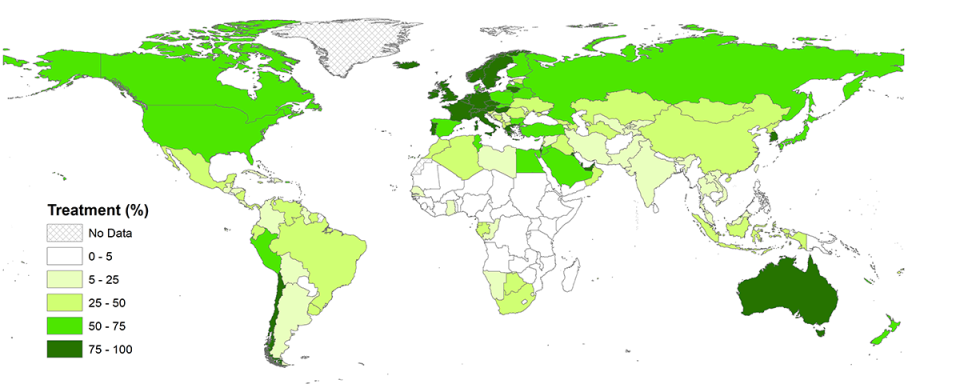Continually improving affordable wastewater management provides opportunities for both pollution reduction and clean water supply augmentation, while simultaneously promoting sustainable development and supporting the transition to a circular economy.
Based on a study by Utrecht University and UNU-INWEH, substantial differences in per capita wastewater production, collection, treatment and reuse have been observed across different geographic regions and by level of economic development.
For example, while an estimated 52% of wastewater is treated globally, treatment rates vary drastically between high-income (74%), upper-middle income (43%), lower-middle income (26%) and low-income (4.3%) countries.

For more information on wastewater production, collection, treatment and reuse status at the national and gridded levels, please access the full publication here. The underlying data can also be accessed here.
To view the detailed maps, click on the links below
- Wastewater production at the country level (cubic metres per capita per year) and gridded wastewater production at 5 arc-minute spatial resolution.
- Wastewater collection at the country level (%) and gridded wastewater production at 5 arc-minute spatial resolution.
- Wastewater treatment at the country level (%) and gridded wastewater production at 5 arc-minute spatial resolution.
- Wastewater reuse at the country level (%) and gridded wastewater production at 5 arc-minute spatial resolution.

